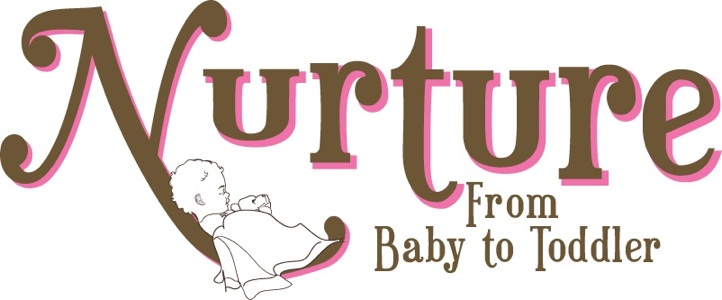So, have you ever thought about switching to cloth? Here are some of the facts you should consider.
Skin Care and Health Concerns:
A study done by a disposable diaper manufacturing company shows that the incidence of diaper rash increased from 7.1% to 61% with the increased use of throwaway disposable diapers. This could be due to the chemicals and dyes used in disposable diapers, among which is sodium polyacrylate (the absorbent gel) which has been linked to toxic shock syndrome, allergic reactions and is potentially lethal to pets. If you cut a diaper in half and look at what is inside the diaper you may be surprised to find the unnatural elements you are putting against your baby's most sensitive skin every day.
Since disposable diapers are more absorbent than cloth diapers, a child may be changed less often when they are in a disposable diaper (sidebar-babies who wear cloth diapers tend to potty train faster, since they can feel when they are wet). This can also lead to diaper rash, as the bacteria in the child's waste is sitting against their skin for long periods of time.
Environment:
It is estimated that a diaper takes 500 years to decompose. It takes around 80,000 pounds of plastic and over 200,000 trees a year to manufacture the disposable diapers for American babies alone.
While some people argue that the water use and detergent run off of cloth diapers is just as harmful to the environment as disposables, the fact is the amount of water used per week to wash cloth diapers at home is about the same amount consumed by an adult flushing the toilet four to five times daily for a week. Also, when flushing solids from a cloth diaper down the toilet and washing the diapers in a washing machine, the contaminated, dirty water from both toilet and washing machine go into the sewer systems where they are properly treated at wastewater plants.
Cost:
In today's economic climate many parents are choosing to switch to cloth in an effort to save money. It is estimated that parents spend anywhere from $50-80 a month on diapers. One child will go through an average of $2500 in disposable diapers. Cloth diapers average about $18 a diaper, and with many one-size diaper options out there, you may only need to buy 18 diapers to get you through your child's diapering days. The cost of laundering your cloth diapers comes to about $4 a week, when you factor in detergent, water and energy costs. So, if you purchase 18 cloth diapers and you diaper your child for 3 years your total comes to $948, a significant cost savings. Your savings are furthered if you use your diapers again for subsequent children. Also, cloth diapers have a great resale value, so when you are finished with your diapers you can sell them on a website like www.diaperswappers.com and get some of your money back.
Convenience:
Of course disposable diapers are more convenient than cloth, but with todays velcro and snap fastenings, cloth diapers are just as easy to put on and take off as disposables. If you're a little squeamish when it comes to poop, they now have cloth diapering accessories that make it even easier, like flushable liners you can lift out of the diaper and flush down the toilet, and diaper sprayers that rinse the mess into the toilet. And although you will be doing more laundry with cloth diapers, it is only about 2-3 loads a week, and unlike your normal wash, there is no folding and sorting involved, just toss it in the washer, the dryer and presto...clean diapers are ready for your baby's bum!
We at Nurture are so impressed with the cloth diapers of today, we have decided to carry an assortment of cloth diapers at our store. They are just coming in this week if you want to stop by and check them out. We will continue to educate you on cloth diapers and the various brands we carry over the next few posts. Stay tuned!

I'm so glad you guys are doing this. Nelson and I love to shop at your store, but we had to get our cloth diapers online because you weren't carrying them yet. We ended up with Happy Heiney pocket diapers and love them. Never a case of diaper rash and we often just soak them over night and wash them in the sink each morning, saving the laudry pile up!
ReplyDeleteAwesome!
ReplyDelete